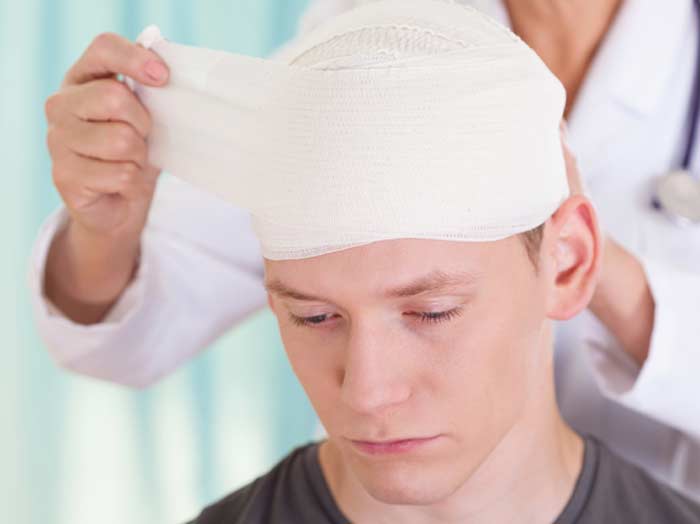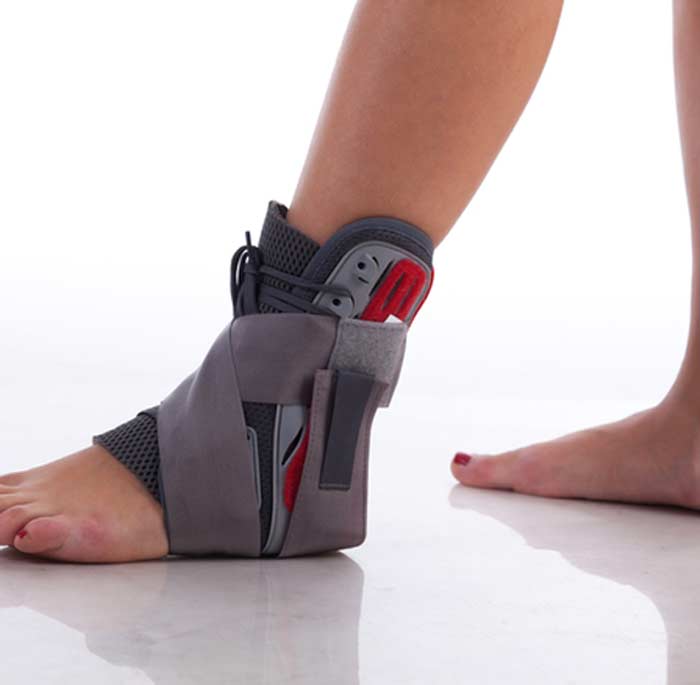
The early diagnosis and treatment of sports injuries increases the odds of recovering well and getting back in the game.
There’s no denying the many potential health benefits associated with regular exercise, whether it involves a gym-based workout or participation in favorite sports. Yet there are times when improper technique and form, hard falls or impacts, and repetitious motions can take a toll on various joints, bones, muscles, tendons, and ligaments.
Not all of sports-related aches, pains, and injuries are serious, but it can help to be aware of what types of injuries are common and what can be done to avoid them.
Strains and Sprains
Most sports injuries involve strains and sprains. A sprain occurs when a ligament is excessively stretched or torn. If the same thing happens to a muscle or tendon, it’s referred to as a strain. Injuries of this nature often develop over time from continued overuse and over-extension. It’s also possible to accidentally twist or stretch soft tissues and cause an immediate injury. Symptoms suggesting that a strain or sprain has happened include:
- Pain in the affected area
- An inability to move the affected joint
- Visible redness, swelling, or bruising
- Feeling a “pop” when the injury occurs
- Involuntary spasms
Strains and sprains are usually initially treated with the RICE method (rest, ice, compression, and elevation). Further treatment may include physical therapy, medication, and reconditioning.


Fractures and Dislocations
Fractures and dislocations are often the result of a hard impact or fall that occurs while playing sports involving coordinated movements and/or contact. A fracture is a break in a bone. Some fractures are minor and will heal with little or no intervention, while others are misaligned or combined with open wounds (compound fractures).
Ankles, hips, shoulders, knees, jaws, and elbows are among the joints likely to be dislocated as a result of a sports-related injury involving a hard impact or fall. It’s sometimes possible to manipulate the ends of joint bones back into the correct position. Severe dislocations may require surgery. Symptoms associated with both fractures and dislocations include:
- Intense pain
- Visible deformity — the joint or bone appears out of place
- Bruising, swelling, or tenderness
- An inability to move the affected area or place weight on it
Knee and Ankle Injuries
Athletes participating in sports that involve running, jumping, kicking, or jogging tend to more susceptible to knee and ankle injuries. With knees, bone, cartilage, and ligaments can become fractured or torn from excessive stress or movements that push the knee joint beyond its normal range of motion. Anterior cruciate ligament (ACL) tears, a torn meniscus, and patellar tendinitis are among the common sources of knee pain for athletes.
Sports involving repetitious foot movements or sudden twists and turns may result in ankle sprains or shin splints. Achilles tendon injuries are characterized by pain around the heel, an inability to “push off” the affected foot or leg when running, walking, or sprinting. Athletes’ feet and ankles may also be affected by plantar fasciitis, heel spurts, or stress fractures.
Shoulder Injuries
Athletes are sometimes sidelined by shoulder dislocations or pain caused by rotator cuff injuries. While dislocations often result in sudden, sharp pain, damaged muscles and tendons in the shoulder may produce dull aches or weakness that extends to the arm. Some shoulder injuries respond well to steroid injections and physical therapy. Serious injuries may require arthroscopic surgery, a tendon transfer, or shoulder replacement.
Tennis Elbow
Tennis elbow (lateral epicondylitis) is a common stress-related condition so-named because it often occurs because of techniques used when doing the backhand stroke commonly used when playing tennis. The pain that results from irritated tendons sometimes extends to the forearm and wrist. If over-the-counter medications, improvements with technique, and physical therapy aren’t effective, treatment may involve:
- Platelet-rich plasma (PRP) injections
- Ultrasonic energy used to liquefy and remove damaged tissue (ultrasonic tenotomy)
- Surgery to correct tendon damage or remove affected tissues
- Whether you’re a weekend warrior or a seasoned athlete, some sports injuries are unavoidable. However, many of them are preventable if the right precautions are taken, such as doing proper warmups and making an effort to get other forms or exercise to keep core muscle groups healthy and strong. It’s just as important to avoid the temptation to “play through the pain” if an ankle is twisted or muscle or joint pain suddenly develops.
